So, you're wondering if a clutch kit can actually make a difference in your ride? Well, you're in the right place because the short answer is: absolutely. A clutch kit can change how your car drives, making it smoother and more enjoyable. It's not just about fixing what's broken; it's about improving how your car performs day-to-day.
First off, what's in a clutch kit? Typically, it includes the clutch disc, pressure plate, and sometimes a release bearing—basically everything you need for a full clutch upgrade. Each part plays a key role in making sure your transmission works as it should. When one piece isn't up to snuff, it can throw the whole system out of whack.
Ever felt that sluggish response or heard that unsettling grinding noise when changing gears? Those could be signs your clutch needs some attention. Tackling these issues with a fresh kit can bring back that crisp gear transition you've been missing. It's kind of like hitting a reset button for your car's performance.
- Understanding Clutch Kits
- Signs You Need a New Clutch Kit
- Benefits of Upgrading Your Clutch Kit
- Choosing the Right Clutch Kit
- Maintenance Tips for Longevity
Understanding Clutch Kits
Before diving into whether a clutch kit is something your car needs, let's get a handle on what it really is. At its core, a clutch kit is a bundle of components required to replace or upgrade your vehicle's clutch system. This usually includes a clutch disc, a pressure plate, and a release bearing. These parts work together to engage and disengage the engine from the transmission so you can smoothly shift gears.
Here's a quick rundown: the clutch disc is the part that grabs and holds when you press down on the pedal. The pressure plate, like it sounds, applies pressure to the clutch disc to make sure it's engaged with the engine. Lastly, the release bearing helps disengage the clutch when the pedal is pressed down. All these parts must be working in harmony for your car to shift gears without a hitch.
Figuring out whether you need a new clutch kit often boils down to recognizing the signs—like a spongy clutch pedal or a clutch that doesn't fully disengage. Sometimes, you're looking for an upgrade to match engine modifications or improve vehicle performance. In either case, the right clutch kit can make a world of difference.
Not all clutch kits are created equal. There's a variety out there, each designed for specific driving styles, from daily commuting to high-performance racing. This is where choosing wisely matters a ton. We've all got that friend who went for a budget option only to end up spending more in the long run because it simply couldn't handle the driving demands.
If you're the type who's often stuck in traffic or enjoys weekends at the track, there's a clutch kit tailored to your lifestyle. For most drivers, an OEM replacement kit will get the job done. However, for the more aggressive driver, performance-oriented kits offer greater durability and can handle higher torque loads. These might cost more upfront, but they pay off in the end with better longevity and performance.
Signs You Need a New Clutch Kit
Driving should be smooth, right? So when things start to feel off, it might be time to think about whether your clutch kit is to blame. Here are some tell-tale signs that it's time to gear up for a change.
The first sign is often that unmistakable burning smell. If your vehicle starts smelling like overheated brakes, it could be your clutch going bad. That smell comes from the friction material on the clutch disc wearing down.
Next up, pay attention to your pedal. When it feels spongy or too easy to press, that's a red flag. You might also notice the clutch slipping, where your engine revs more but the car doesn’t accelerate as it should. This usually happens because the clutch disc isn't engaging like it should.
| Sign | Description |
|---|---|
| Spongy Pedal | Clutch doesn’t provide resistance when pressing |
| Slipping | Engine revs but no increase in speed |
| Bumpy Gear Changes | Trouble getting into gear without grinding |
Another indicator is if shifting becomes a chore. Grinding noises or difficulty putting the car into gear could mean the clutch isn't disengaging properly, leading to those ugly noises or flat-out refusals when trying to shift.
A final thing to look out for is

Benefits of Upgrading Your Clutch Kit
Thinking about upgrading your clutch kit? There are some solid perks you might not know about. Sure, it might seem like just another expense at first, but the payoff can be worth it in terms of car performance and overall driving experience.
First up, having a new clutch kit can give you a smoother ride. When everything’s working like a well-oiled machine, gear shifts become effortless. You’ll notice less noise and fewer vibrations, which can make even your daily commute more enjoyable.
Then there’s the durability angle. A quality clutch kit upgrade can handle more stress, meaning it lasts longer than a worn-out original. If you're into modifying your car for extra power, an upgraded clutch can help manage that boost without falling apart.
Improved fuel efficiency is also on the table. A well-functioning clutch can mean your engine doesn’t have to work as hard, saving you money at the pump. It’s one of those upgrades that actually pays off in the long run.
There's also a noticeable improvement in performance. Especially if you’re driving a manual, a new clutch can make a big difference in acceleration and overall responsiveness. No more lag when you hit the gas—it’s all about instant power to the wheels.
For those of you who love numbers, here’s a quick look at how much a performance clutch can handle:
| Type | Average Torque Capacity (ft-lb) |
|---|---|
| Standard OEM | 200-250 |
| Performance | 300-400 |
Lastly, it can increase your car's resale value. A maintained and upgraded vehicle, particularly a manual with a new clutch kit, can be a big selling point for buyers looking for reliability and performance.
So, if you’re experiencing issues with your car's clutch, considering an upgrade might just save you some headaches down the road and enhance your drive in ways you wouldn't expect.
Choosing the Right Clutch Kit
Picking the right clutch kit can feel a bit like solving a puzzle, but once you know the pieces, it's way less daunting. There's more to it than just snatching one off the shelf and hoping it fits. You need to take a closer look at your specific needs and driving habits to make the best choice.
First things first, figure out what kind of driving you do most. Daily commuting? Performance racing on weekends? The type of driving will heavily influence your decision. For everyday driving, a standard OEM clutch kit should suffice. But if you're into performance, look for a kit that's designed to handle greater stress and provides better grip.
Here's a simple checklist to guide you in picking the right kit:
- Compatibility: Make sure it's compatible with your vehicle’s make and model. Sounds obvious, but you wouldn't believe how many people overlook this step.
- Material: Clutch materials vary—organic, ceramic, or kevlar. Organic is common for everyday drivers while ceramic and kevlar are geared towards performance due to better heat resistance.
- Brand Reputation: Stick with brands known for quality. A well-known clutch manufacturer often means better reliability.
- Budget: Know how much you're willing to spend. Clutch kits range widely in price, but remember, quality is usually worth the extra bucks.
Another critical aspect to consider is the entire clutch system condition. Swapping just the clutch while ignoring the flywheel or release bearing might come back to bite you later. Investing in a complete kit can save you from unattended problems down the line.
Remember, every car is different and so is every driver. No one-size-fits-all here. Take your time and do some digging into what works best for your vehicle. Speaking of which, here's a quick fact to get you started:
| Clutch Type | Typical Use |
|---|---|
| Organic | Daily Driving |
| Ceramic | Performance Driving |
| Kevlar | High Torque Use |
Armed with this knowledge, you're well on your way to enhancing your driving experience and getting the most out of your vehicle.

Maintenance Tips for Longevity
So you've got your new clutch kit in place, and it's making your ride smoother than ever. But what next? Keeping your clutch kit in tip-top shape is crucial if you want it to last and keep delivering that sweet performance boost. Here are some tips to make that happen.
First, avoid riding the clutch. It might feel natural to keep your foot resting on the pedal, especially in heavy traffic, but it’s not good for the system. Over time, this can wear out the clutch disc prematurely. Instead, engage the clutch fully only when needed, and keep your foot off the pedal the rest of the time.
Check for clutch fluid leaks regularly. Fluid is the lifeline of a hydraulic clutch system. Leaks can lead to poor clutch performance and quicker wear. Pop the hood every so often and ensure there’s no fluid pooling near the transmission or under the car.
Keep an ear out for any odd noises when shifting gears. Grinding sounds can indicate a problem that, if ignored, will only grow. Address issues sooner rather than later to avoid more extensive damage.
Finally, get those routine checkups. Just like regular visits to the dentist keep your teeth in shape, periodic inspections by a mechanic can keep your clutch kit performing optimally. They can spot wear and tear that you might miss.
In summary, handling your clutch with care, staying on top of fluid checks, and getting regular inspections will not only extend the life of your clutch kit but also maintain your vehicle's overall performance.
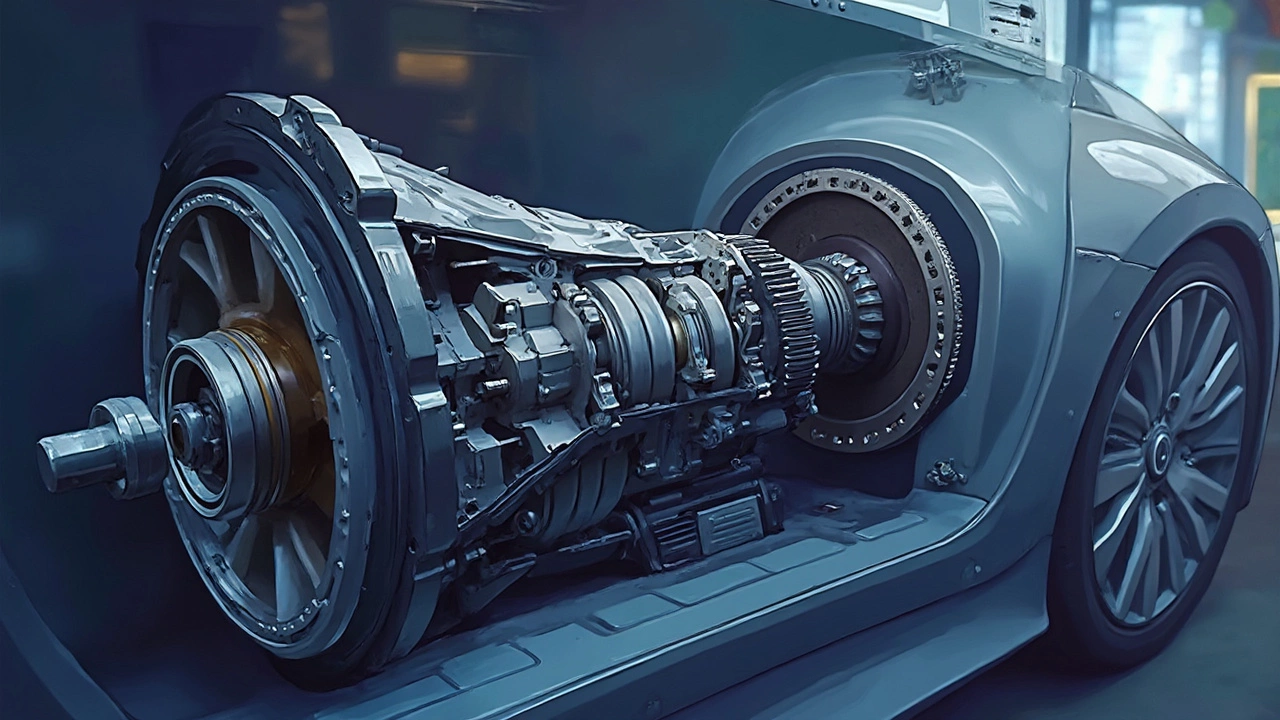
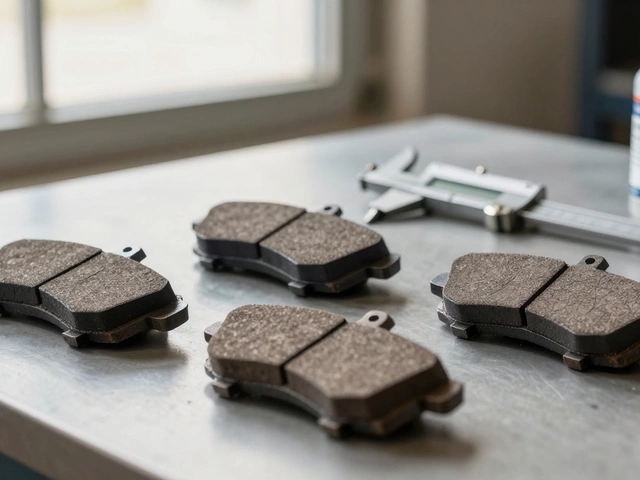

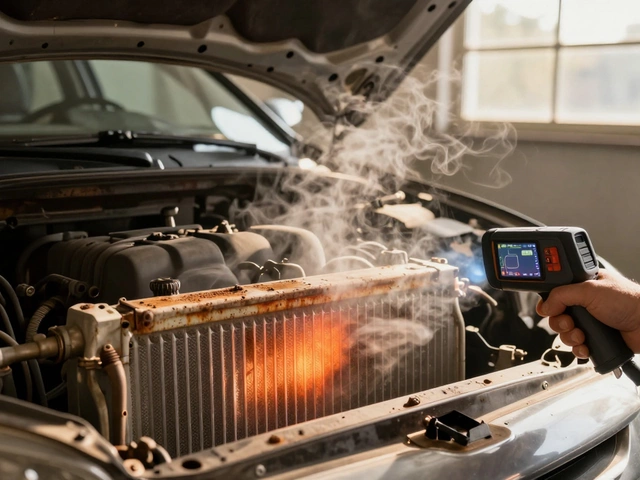
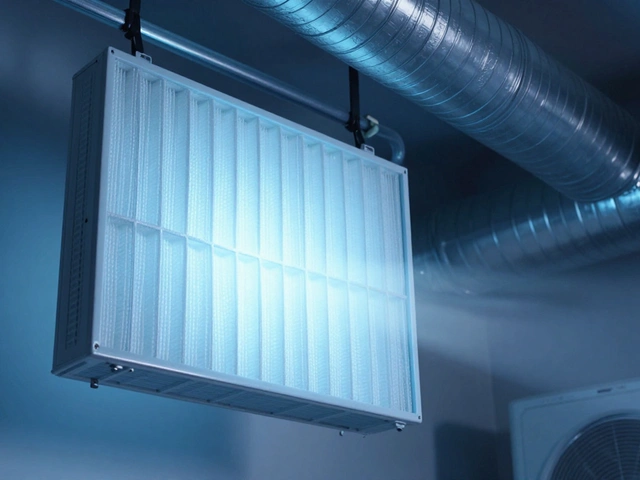



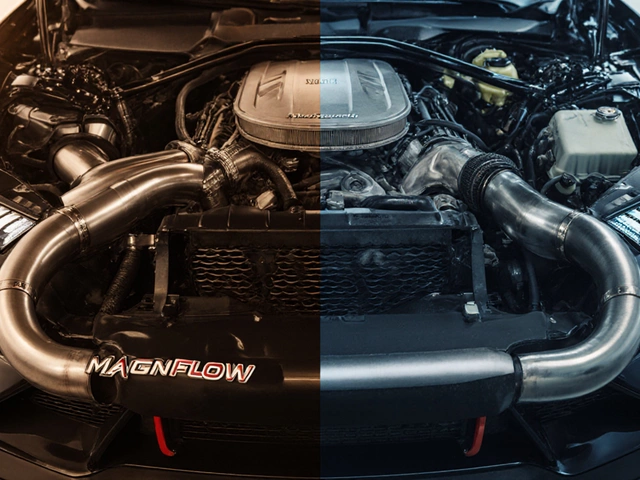
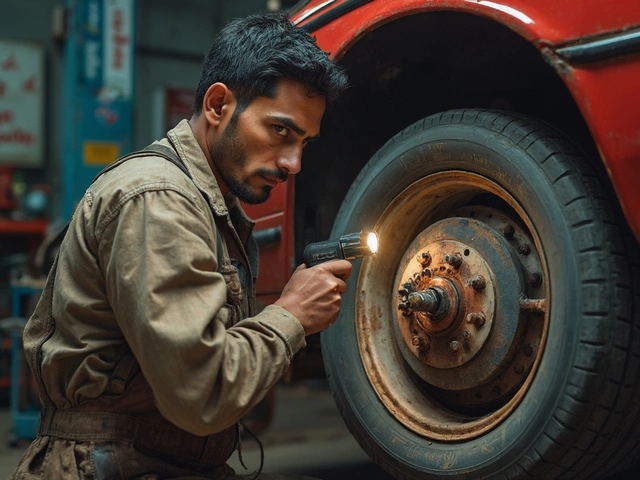

Write a comment